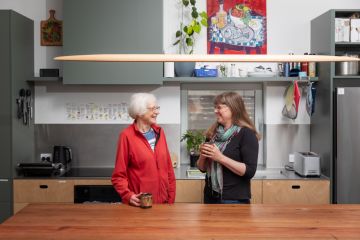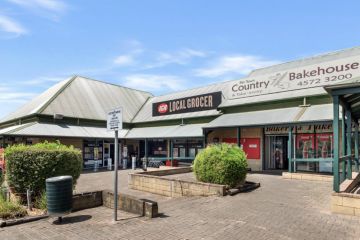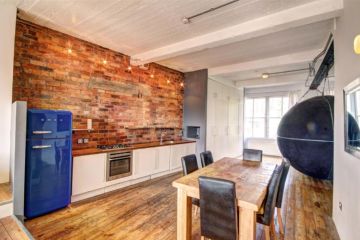The advice every investor with long-term wealth goals needs to hear
90 per cent of property investors never get past their first investment, so the serious ones need to end up in the 10 per cent who do.
But what exactly makes the difference?
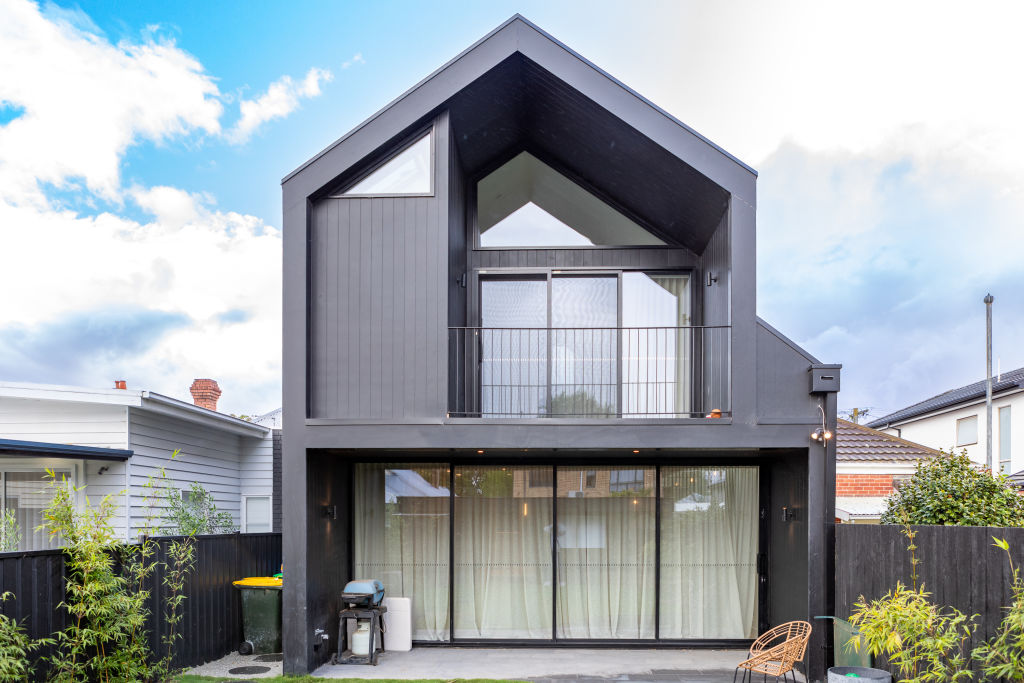
“It all comes down to strategy,” says Abdullah Nouh, chief executive and founder of the Mecca Property Group. “Investors who want to be successful need to build a clear 10-15-year plan and invest in suburbs that are going to perform, rather than buying whenever they have the capacity and allowing sentiment into the decision.
“They also need to make sure the financing is well-structured, without mixing personal and investment debt and taking out principal-and-interest loans when an interest-only loan would make more sense for the first five years. They should also be looking at creating further value in their property portfolio.”
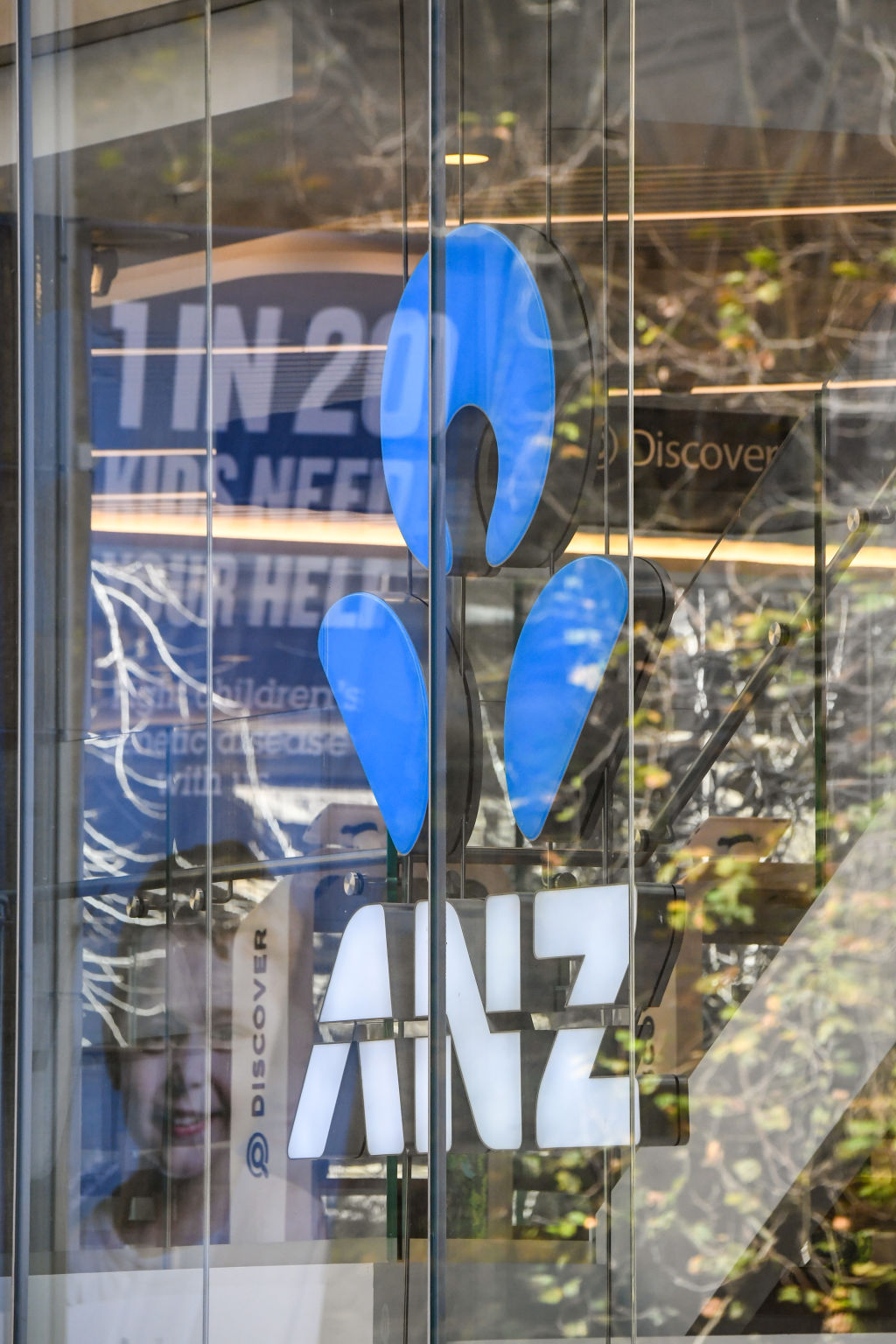
That might be achieved through a renovation, building a secondary dwelling, or subdividing the site, advises Nouh.
The next phase is when they’re approaching retirement and need to consolidate their debt and build cash reserves.
Surrounding themselves with the best team they can – a good accountant, financial advisor and property investor – is also crucial, he says. “I think the best number of investment properties is five or six. I know a couple of people with over 100, but I think they’re being driven by greed.
“I like to build a portfolio that’s also a mix between residential property, which can give you that burst of capital growth, and commercial, which provides a stable income with long leases and more linear growth.”
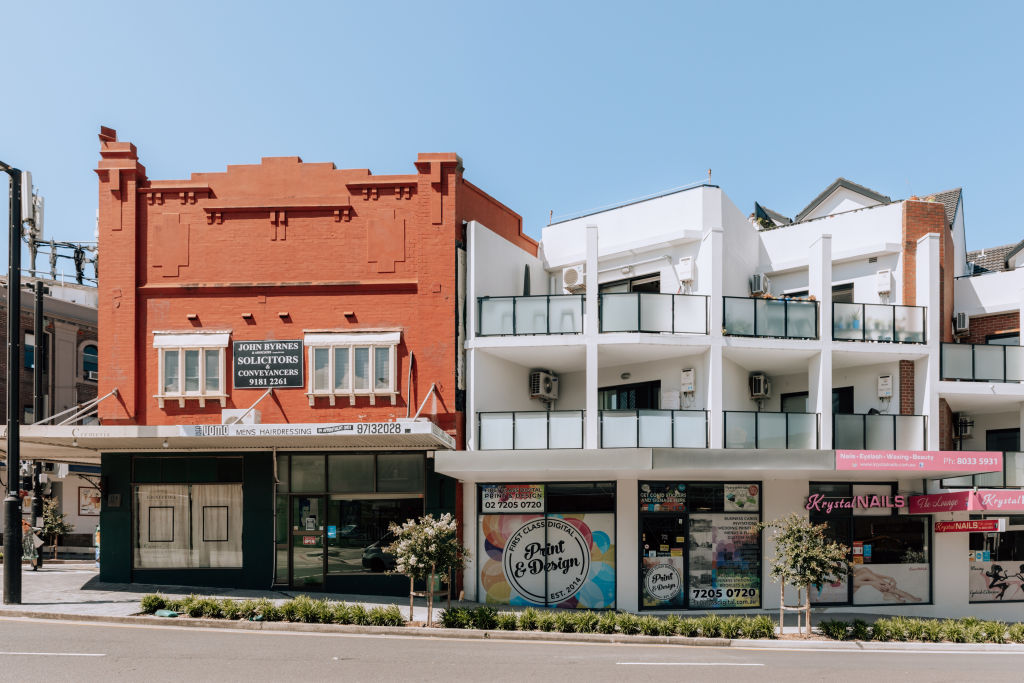
Scott Kuru, the founder of Freedom Property Investors, says the biggest hurdle to people buying more than one investment property is usually their cash flow and borrowing capacity.
Since the Australian Prudential Regulation Authority (APRA) introduced constraints on interest-only loans in 2017 and then applied a 3 per cent buffer on the rate in 2021, the time has passed for investors buying dozens of properties.

“Ten to 15 per cent of my clients are now CEOs, business owners, doctors, surgeons or people high up in mining companies or construction,” Kuru says. “They can invest via trusts and company structures and borrow in their personal names, with high and stable incomes.
“But you need high-quality properties in high-quality locations and today, with so much rental tightness, you’ll have zero risk of no tenants. And now, three properties, held for 10-15 years to maximise returns, will usually be enough for most families to have a very good and secure income.”
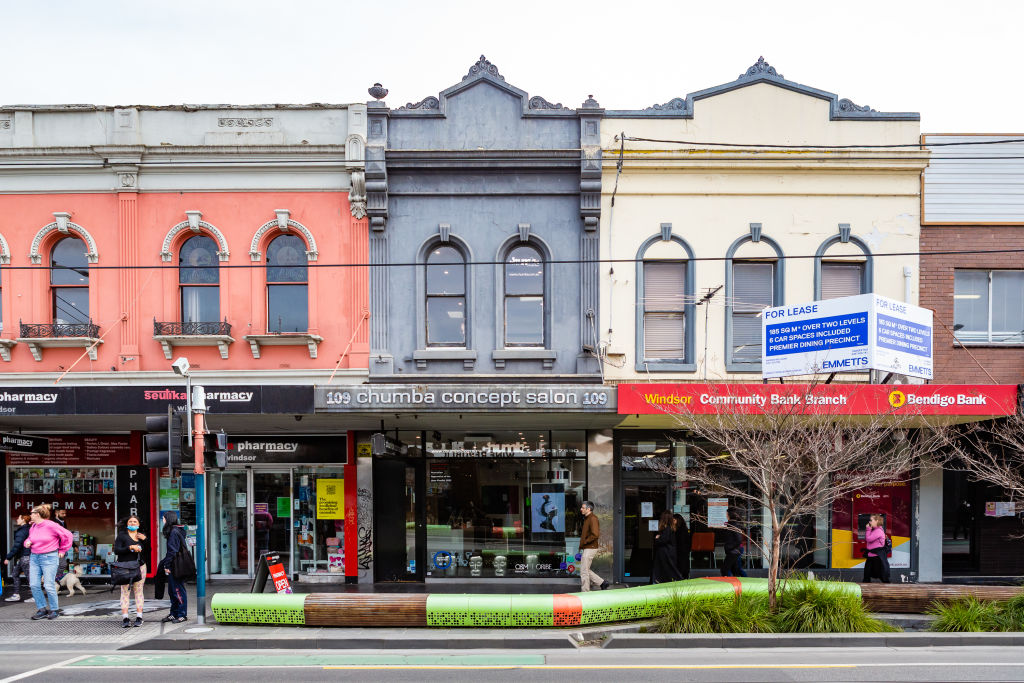
James Brown of JamesKellie buyers’ agency, known for his book The Rookie Investor: A Newcomer’s Guide to Building Wealth Through Real Estate, also pinpoints the main obstacle in moving from the 90 per cent to the 10 per cent as restrictions on bank lending.
“So, as well as investing in property, it’s also about investing in your career and your business to raise income to a level where you can service multiple properties,” he says. “And also to the point where you can afford to buy in areas of high growth where you might be neutral or positively geared. Investing in yourself, and in property, can go hand in hand.”
We thought you might like
States
Capital Cities
Capital Cities - Rentals
Popular Areas
Allhomes
More
- © 2025, CoStar Group Inc.



